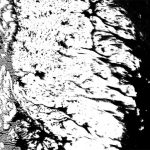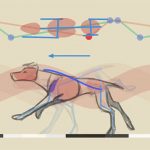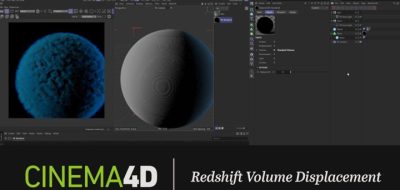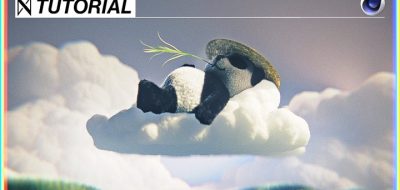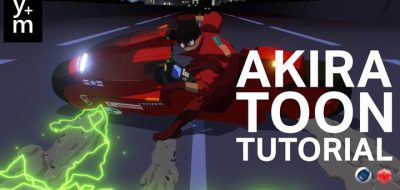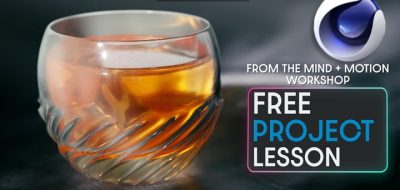Populating landscapes with leaves and grass in 3D needs a plan. You don’t want to get caught in a situation where you are overtaxing your systems. Quite often, textures can replace geometry for certain parts of the scene. Textures with alphas can easily stand in for leaves, and other flora. If you are rendering with RedShift, you must know the differences between using the standard opacity attributes and the RedShift Sprite Node.
Watch a short vid of The Vertex Library Channel who walks through the benefits of using the Redshift sprite node over standard methods. Standard opacity is directly relational to the maximum trace depth setting of the renderer. This is not the most efficient way to render out trees and grass. The higher the trace depth setting, the longer the render times.
This is because when a ray hits a polygon, it has to read the texture and set up the next transparency ray for the next one, even when dealing with parts that are to appear totally empty.
Instead, the RedShift Sprite node was created for just this purpose. The Sprite Node is optimized to ignore empty parts of a polygon and does it with very few operations. It doesn’t rely on refraction trace depth. This means that you can put your settings much lower and the rays will still pierce through the opacity and alpha cutouts without any artifacts. Good to know!

